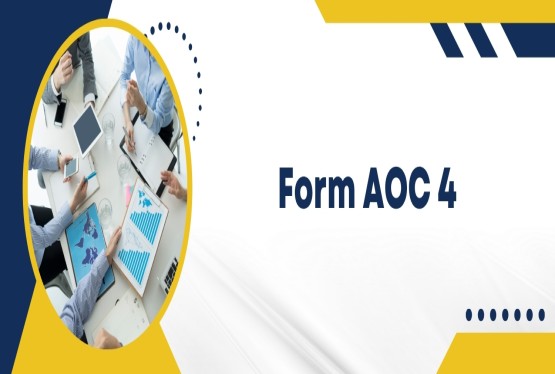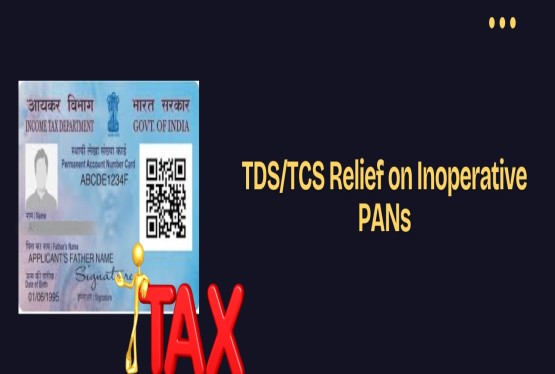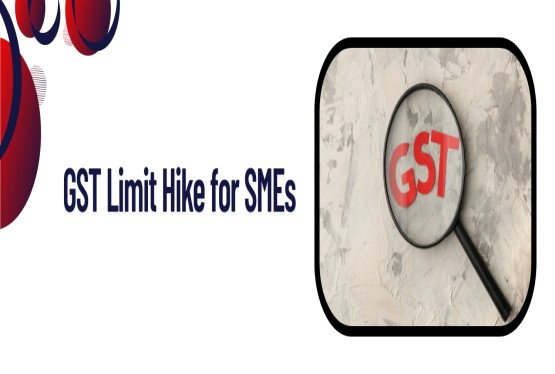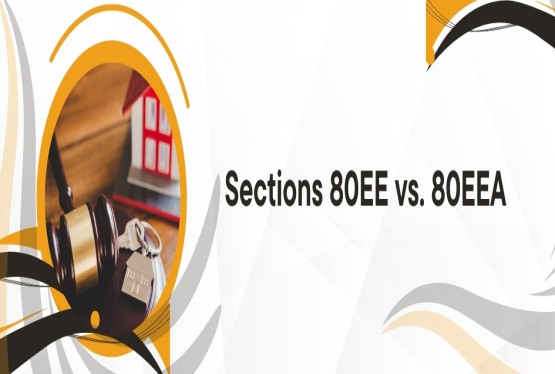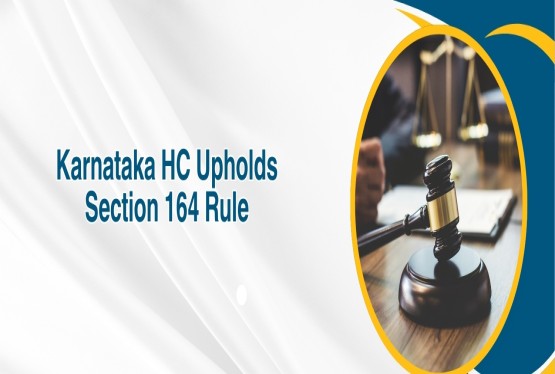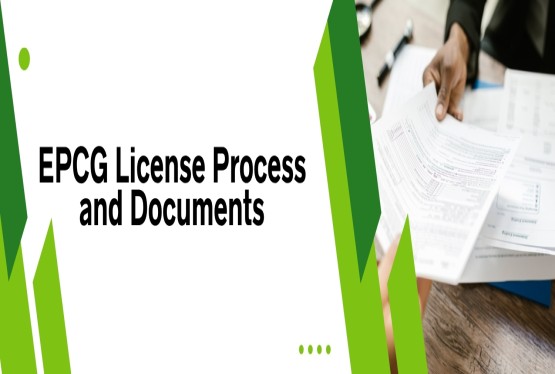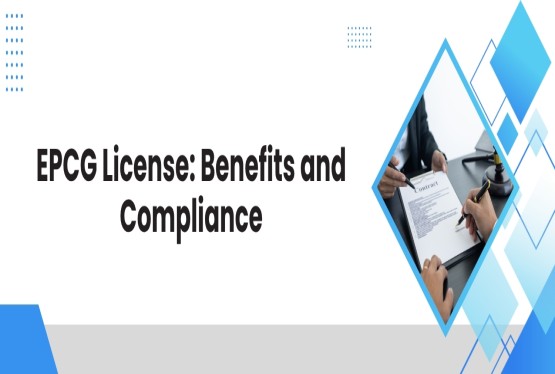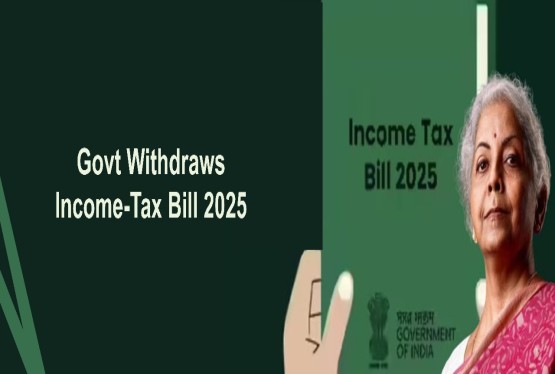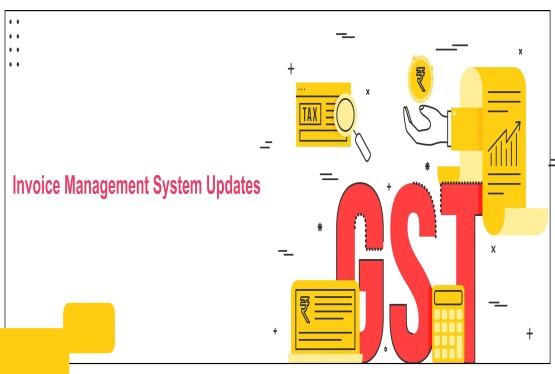The Government of India, in its efforts to promote a digital and cashless economy, introduced a pivotal provision under the Income Tax Act, known as Section 269SU. This section was inserted by the Finance (No. 2) Act, 2019 and became effective from 1st November 2019. Section 269SU of the Income Tax Act mandates that certain businesses must provide facilities for accepting payments through prescribed electronic modes. The main goal of this provision is to facilitate digital transactions and minimize the use of cash in commercial activities.
This move is a part of the broader initiative of the government to make India a less-cash economy, aiming to improve transparency, reduce tax evasion, and support formal business operations. The provision not only encourages the use of electronic payment systems but also ensures that customers are not burdened with additional charges while making such transactions.
Applicability of Section 269SU
Section 269SU applies to every person or business entity whose total sales, turnover, or gross receipts exceed Rs 50 crore during the immediately preceding previous year. This means that if a business had a turnover exceeding Rs 50 crore in the financial year ending 31st March 2019, it is liable to comply with Section 269SU from 1st November 2019.
It is important to understand that the threshold of Rs 50 crore refers to the total receipts from business operations, and not from any non-business income. This includes all income from the sale of goods or services. Once a business crosses this turnover limit, it becomes mandatory for them to implement the prescribed electronic payment modes.
Prescribed Electronic Payment Modes under Rule 119AA
The Central Board of Direct Taxes (CBDT) notified Rule 119AA to implement the provisions of Section 269SU of the Income Tax Act. This rule lists the specific electronic modes of payment that a business must make available to its customers. The following are the prescribed modes:
-
Debit Cards powered by RuPay
-
Unified Payments Interface (UPI) - BHIM-UPI
-
Unified Payments Interface Quick Response Code (BHIM-UPI QR Code)
These payment systems are designed to be user-friendly, low-cost, and highly accessible. They are developed and maintained by the National Payments Corporation of India (NPCI), which plays a key role in India’s payment infrastructure. By mandating these modes, the government ensures that businesses offer modern, secure, and cost-effective payment options to their customers.
Effective Date of Rule 119AA
Although Section 269SU became effective from 1st November 2019, Rule 119AA and its prescribed modes became applicable from 1st January 2020. This gave businesses a two-month window to make the necessary arrangements for complying with the rule.
From 1st January 2020 onwards, every business entity falling under the scope of Section 269SU of the Income Tax Act must provide the above electronic payment modes at all their customer-facing locations. This includes both physical and online points of sale.
Purpose Behind the Section 269SU
Section 269SU was introduced with the larger objective of promoting a digital economy and discouraging the use of cash in commercial transactions. India has been steadily moving towards digitization of financial services, and one of the key strategies to achieve this is to facilitate digital payments in all business transactions. The government realized that despite the growth of digital platforms, many businesses were not offering low-cost digital payment options. This created a bottleneck in achieving financial inclusion and digital transformation. Hence, Section 269SU was introduced to ensure that large businesses lead the way by mandating them to adopt and promote prescribed digital modes.
Moreover, the provision aims to ensure that customers have easy and convenient payment options that do not involve any additional charges. This enhances customer satisfaction and improves the ease of doing business.
No Charges on Prescribed Modes of Payment
To further promote the adoption of digital payment methods, the Finance (No. 2) Act, 2019 also inserted Section 10A in the Payment and Settlement Systems Act, 2007. This section mandates that no bank or payment system provider shall impose any charge on either the payer or the receiver for using the prescribed modes under Section 269SU of the Income Tax Act.
This provision ensures that both businesses and consumers are not discouraged from using digital modes due to additional transaction fees. The cost of operating these payment systems must be borne by the banks or the service providers themselves. This rule further reinforces the government’s commitment towards building a truly cashless economy.
Compliance through E-filing Portal
To streamline the compliance process, the Income Tax Department has integrated Section 269SU compliance into its e-filing portal. When a taxpayer logs into the portal, a pop-up notification is displayed if the taxpayer is liable under Section 269SU.
This notification prompts the taxpayer to provide details about the prescribed electronic payment modes made available by the business. The taxpayer must click on ‘Continue’ and navigate to the ‘Compliance’ tab where they can submit the required information. This ensures that the Income Tax Department has updated records of all businesses complying with the section. It is important for businesses to accurately provide the required details to avoid being flagged for non-compliance, which could attract penalties.
Penalty for Non-Compliance with Section 269SU
Non-compliance with Section 269SU of the Income Tax Act attracts a stringent penalty. If a person or business fails to install or provide the facility for accepting payments through the prescribed electronic modes, a penalty of Rs 5,000 per day is applicable. This penalty becomes effective from 1st February 2020, which means businesses had to ensure compliance by 31st January 2020. The penalty continues for every day the non-compliance persists.
The authority to levy this penalty rests with the Joint Commissioner of Income Tax. However, the Joint Commissioner must first issue a show-cause notice to the defaulting business to explain the reason for non-compliance. If the person can establish that there were good and sufficient reasons for such failure, the Joint Commissioner may decide not to impose the penalty. Therefore, it is important for businesses to proactively ensure compliance and also maintain records of any technical or operational difficulties they might face in implementing the systems, as this can be useful in case of a show-cause notice.
Role of Banks and Payment System Providers
The implementation of Section 269SU is not limited to businesses alone. Banks and payment system providers also have a crucial role. As per Section 10A of the Payment and Settlement Systems Act, 2007, these entities are prohibited from levying any charges on customers or merchants using the prescribed digital payment modes.
This means the costs of providing and maintaining such payment infrastructure must be absorbed by the financial institutions themselves. It ensures that digital payments remain truly cost-free for both consumers and businesses, encouraging widespread usage. Banks must also provide businesses with the infrastructure needed to comply with Section 269SU, such as BHIM UPI integrations, QR codes, and RuPay card acceptance systems. They should also offer necessary technical and customer support.
Importance of Digital Payments for Economic Growth
The larger vision behind Section 269SU of the Income Tax Act is to foster digital financial inclusion and economic transparency. Digital payments reduce dependency on physical cash, which is expensive to print, store, and circulate. They also provide better transaction records, thereby increasing accountability and curbing black money and tax evasion.
For businesses, digital payments improve operational efficiency, reduce theft and pilferage, and make accounting easier. Moreover, with a digital footprint, businesses can gain better access to credit and financial services from banks and fintech companies. On a national level, increasing digital transactions strengthens the formal economy, boosts tax compliance, and supports faster economic growth. Section 269SU is a small yet important step towards realizing this vision.
Conclusion
Section 269SU of the Income Tax Act marks an important move towards modernizing India’s payment ecosystem. By mandating large businesses to adopt specific digital payment modes, the government ensures that such businesses set an example for others to follow.
The provision removes all excuses for not accepting digital payments by making it mandatory, cost-free for users, and easy to implement with support from banks and the government. The inclusion of penalties for non-compliance ensures seriousness in its adoption. Section 269SU is not just a compliance requirement, it is an important measure aligned with the broader goal of a transparent, efficient, and digitally empowered Indian economy. Every eligible business must take prompt action to comply and contribute to the country’s digital transformation journey.
If you need any support, you can book a consultation with Compliance Calendar LLP Experts through mail at info@ccoffice.in or Call/Whatsapp at +91 9988424211.
FAQs
Q1. What is Section 269SU of the Income Tax Act?
Ans. Section 269SU is a provision introduced by the Finance (No. 2) Act, 2019, which mandates certain businesses to offer customers the facility to make payments using prescribed electronic modes. This section aims to promote digital payments and reduce the reliance on cash. It applies to businesses whose turnover exceeds Rs 50 crore in the preceding financial year and requires them to adopt specific low-cost digital payment methods notified by the government.
Q2. From when is Section 269SU applicable to businesses?
Ans. Section 269SU became effective from 1st November 2019. However, the prescribed electronic modes under Rule 119AA became mandatory from 1st January 2020. Businesses had time until 31st January 2020 to implement the required infrastructure and avoid penalties.
Q3. What are the electronic modes of payment prescribed under Section 269SU?
Ans. As per Rule 119AA of the Income Tax Rules, businesses must provide the following electronic payment facilities to their customers:\n1. Debit Cards powered by RuPay\n2. Unified Payments Interface (UPI) - BHIM-UPI\n3. UPI QR Code - BHIM-UPI QR Code\nThese modes are chosen for their affordability, accessibility, and ease of use, and are widely supported across India’s payment ecosystem.
Q4. Who is required to comply with Section 269SU?
Ans. Any person or entity engaged in business whose total sales, turnover, or gross receipts exceed Rs 50 crore during the immediately preceding financial year must comply with Section 269SU. This applies to all types of businesses, including companies, partnerships, LLPs, and proprietorships, provided they meet the turnover threshold.
Q5. What is the penalty for non-compliance with Section 269SU?
Ans. If a business covered under Section 269SU fails to implement the prescribed electronic payment methods, it may be subject to a penalty of Rs 5,000 per day for each day of default. The penalty is applicable from 1st February 2020. The penalty is imposed by the Joint Commissioner of Income Tax after providing an opportunity to be heard. However, the penalty may be waived if the business can demonstrate sufficient and genuine reasons for non-compliance.
Q7. Are customers or merchants charged for using these electronic payment modes?
Ans. No. As per Section 10A of the Payment and Settlement Systems Act, 2007, no bank or payment service provider is allowed to levy charges on customers or merchants for using the electronic payment modes prescribed under Section 269SU. This ensures that the digital payment facility remains free of cost for both parties and encourages widespread adoption.
Q8. How can a business report compliance with Section 269SU to the Income Tax Department?
Ans. Businesses can report their compliance with Section 269SU by logging into the Income Tax e-filing portal. On logging in, a pop-up alert will notify the taxpayer of the requirement. Under the ‘Compliance’ section, the business must update details of the electronic payment modes made available. This submission ensures that the department is aware of the compliance status and helps avoid penalties.








_crop10_thumb.jpg)




































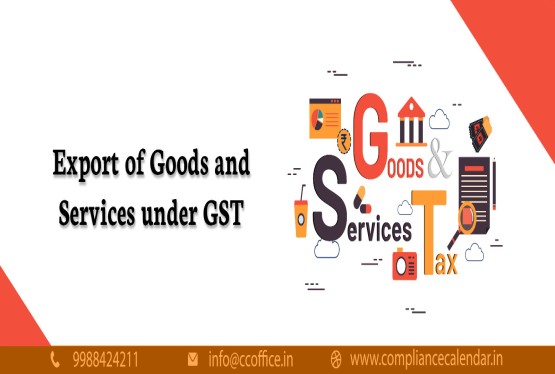













































_for_FY_2025-26_crop10_thumb.jpg)



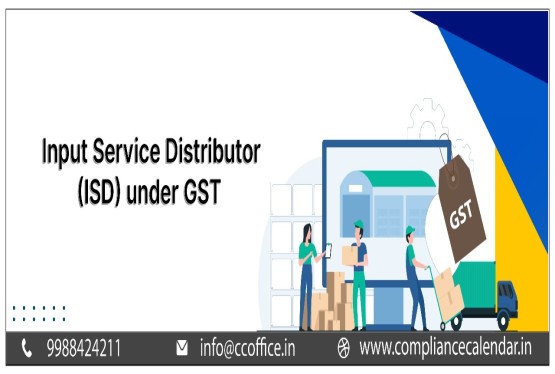








_learn_crop10_thumb.jpg)








_Filing_Due_Dates_for_FY_2024-25_learn_crop10_thumb.jpeg)
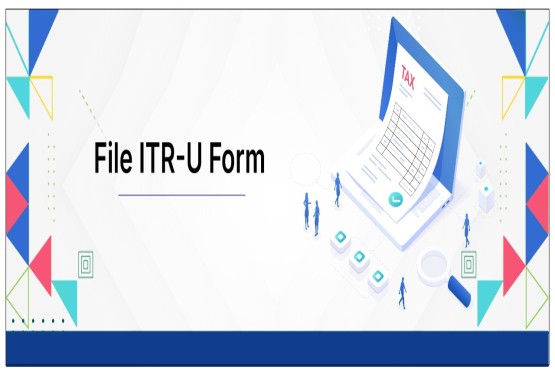

























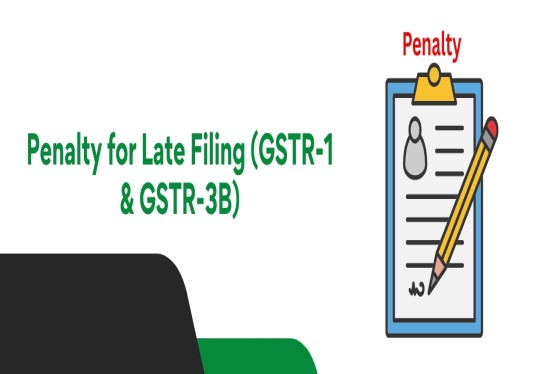












_of_GST_Act_learn_crop10_thumb.jpg)










_Under_GST_learn_crop10_thumb.jpg)









_crop10_thumb.jpg)


_crop10_thumb.jpg)






_learn_crop10_thumb.jpg)






















_of_the_Income_Tax_Act_learn_crop10_thumb.jpg)



_learn_crop10_thumb.jpg)
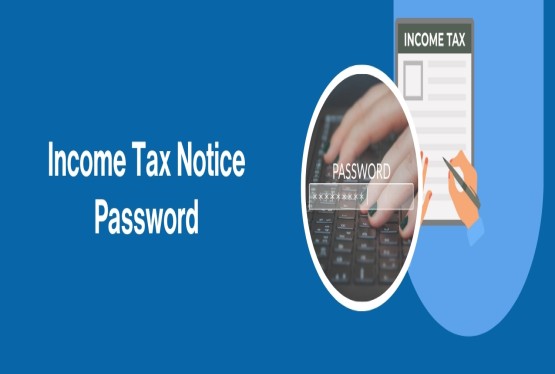





_learn_crop10_thumb.jpg)






_crop10_thumb.jpg)




















_in_The_Income_Tax_Act,_1961_learn_crop10_thumb.jpg)



_learn_crop10_thumb.jpg)



_of_the_Income_Tax_Act_learn_crop10_thumb.jpg)


_Of_Income_Tax_Act_learn_crop10_thumb.jpg)








_learn_crop10_thumb.jpg)








_learn_crop10_thumb.jpg)
_crop10_thumb.jpg)





















_learn_crop10_thumb.jpg)
_for_Import_and_Export_learn_crop10_thumb.jpg)









